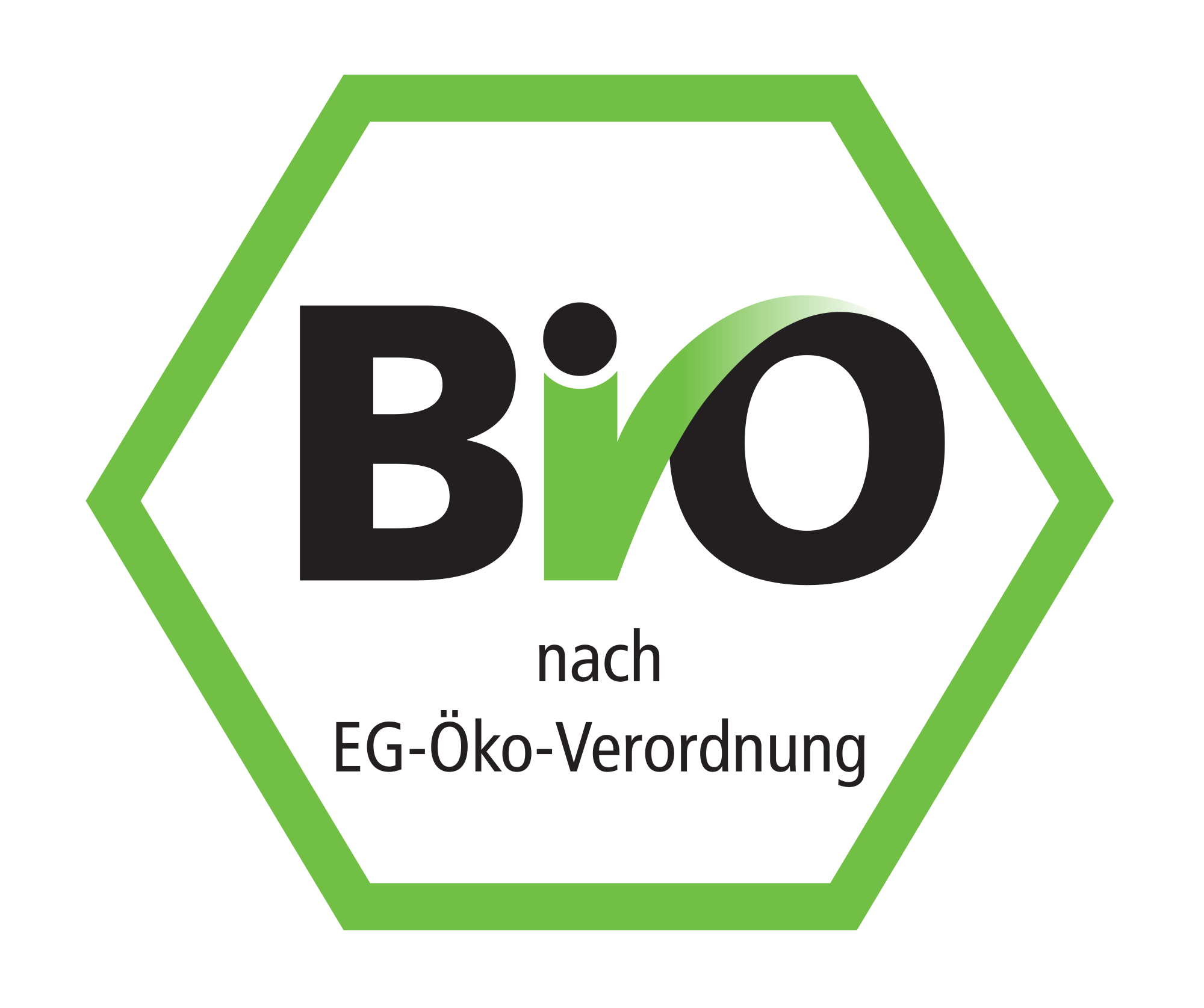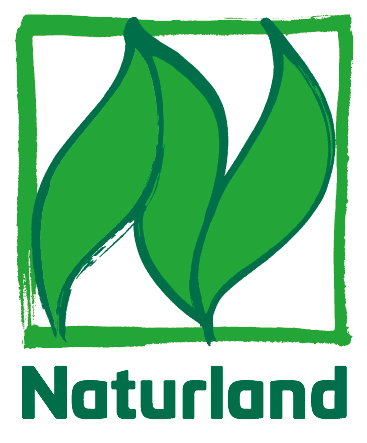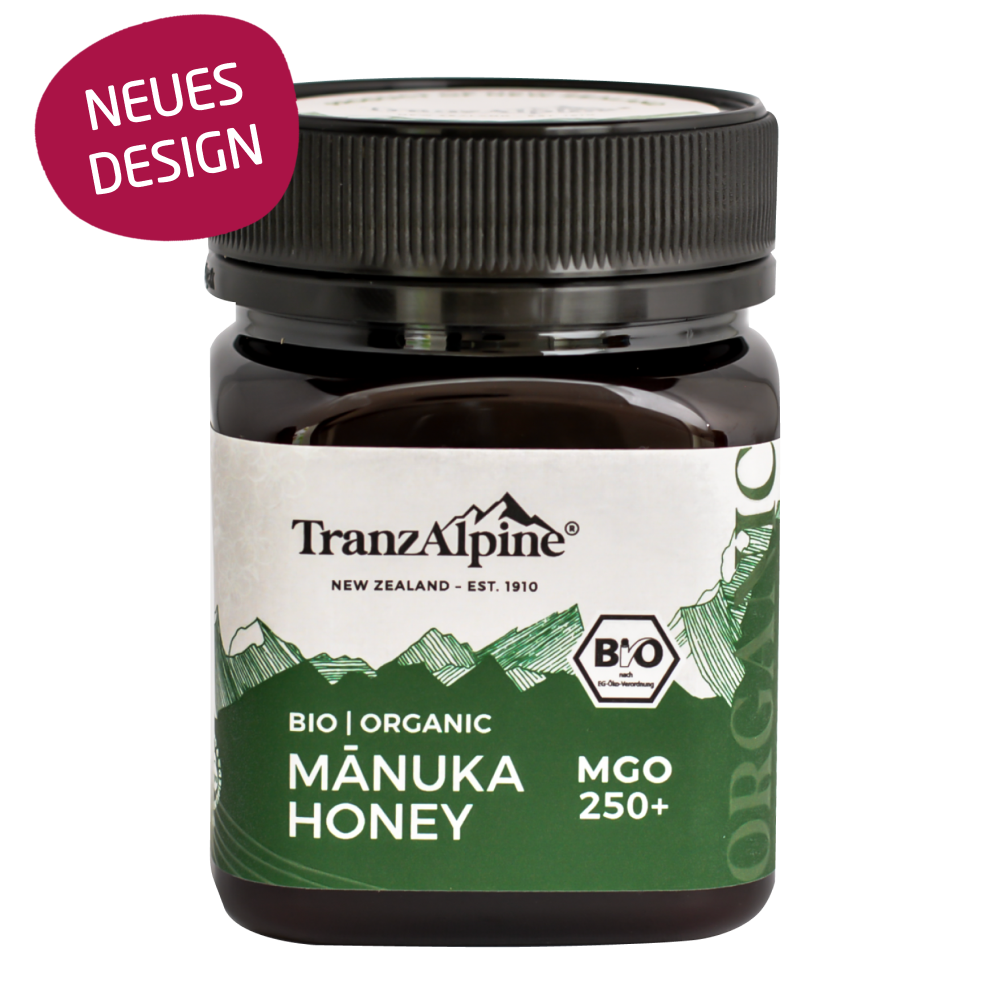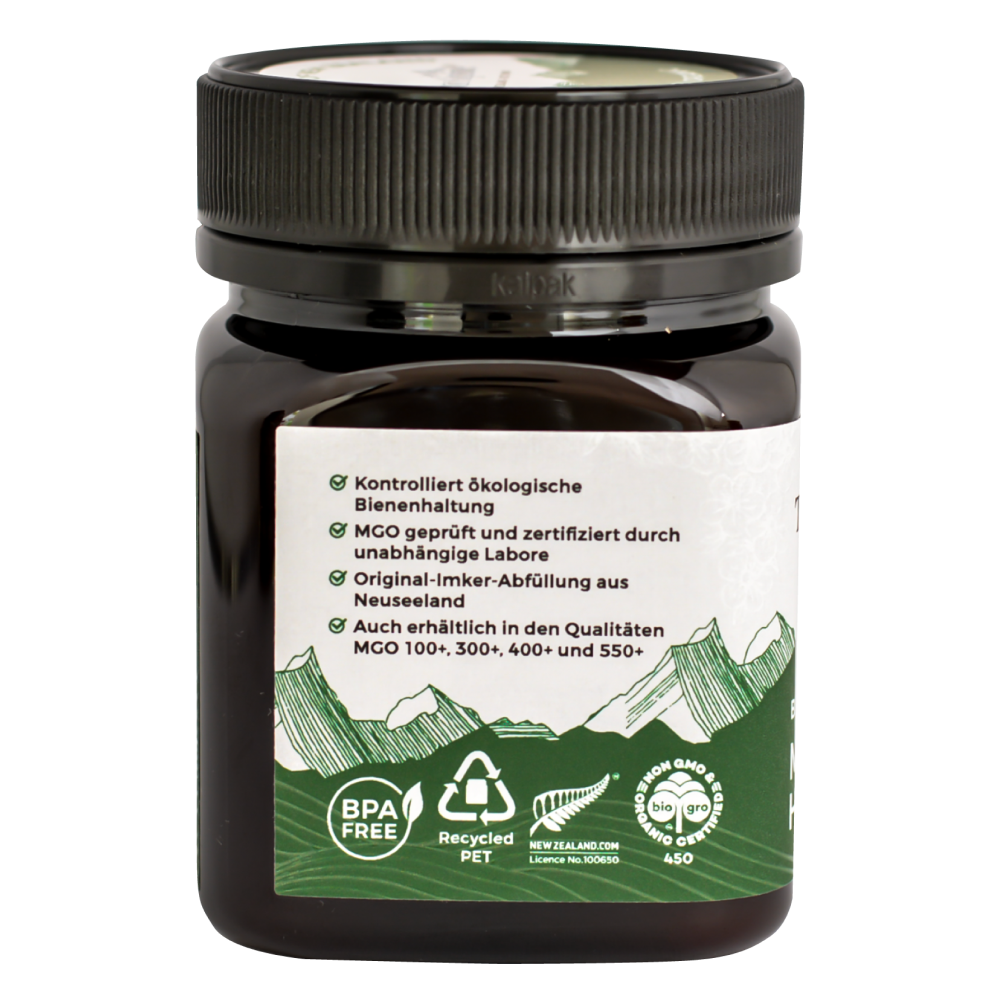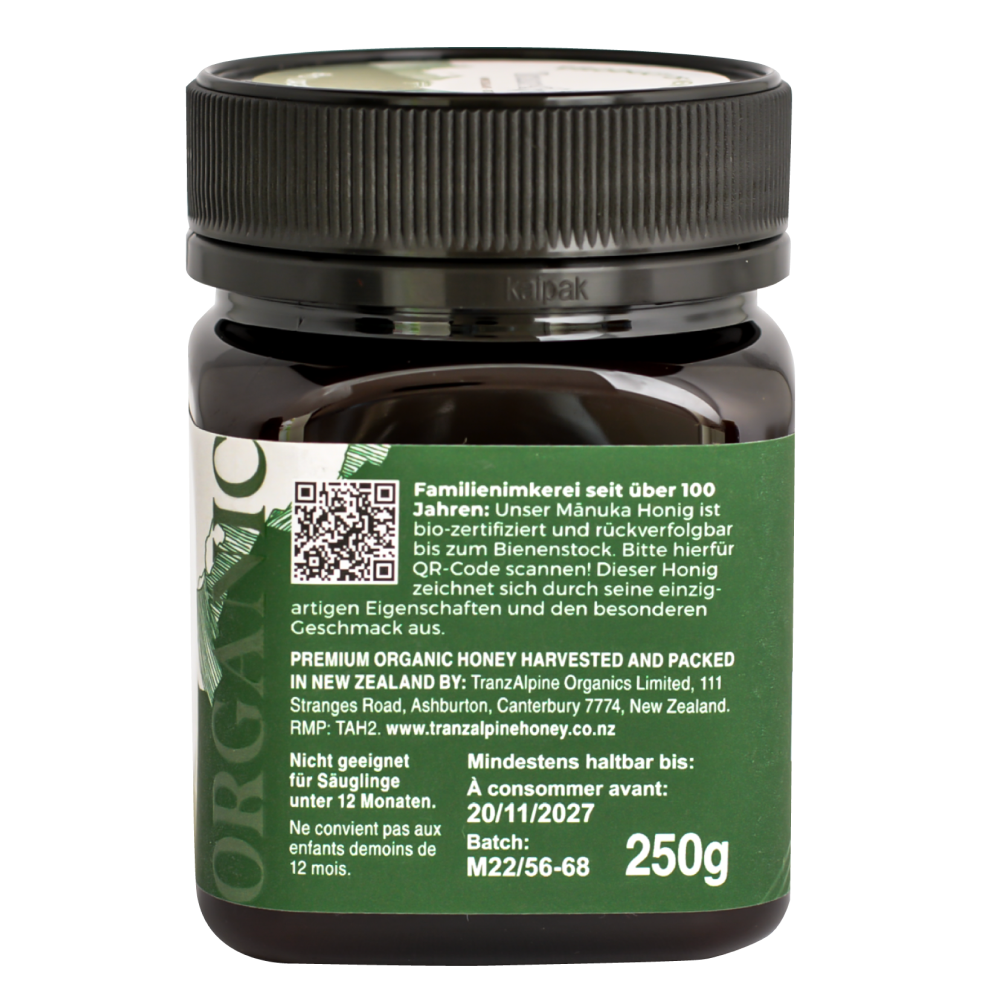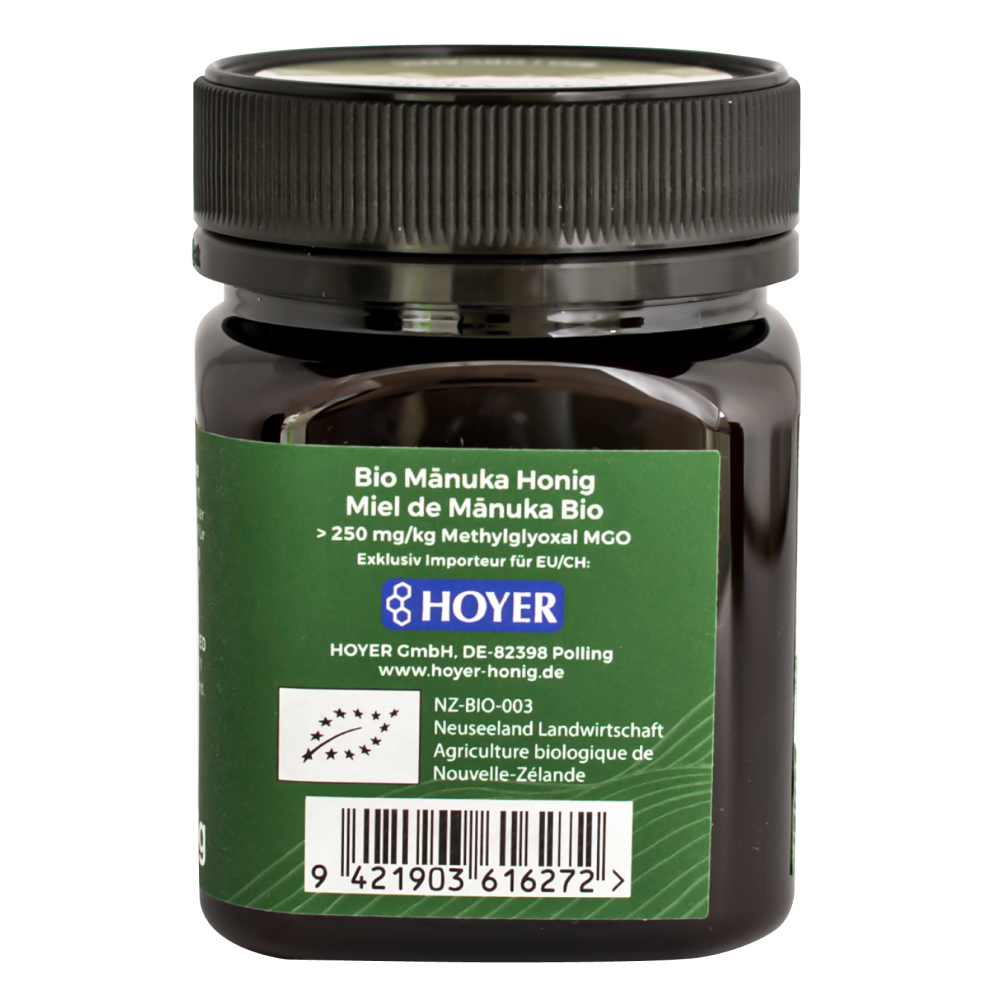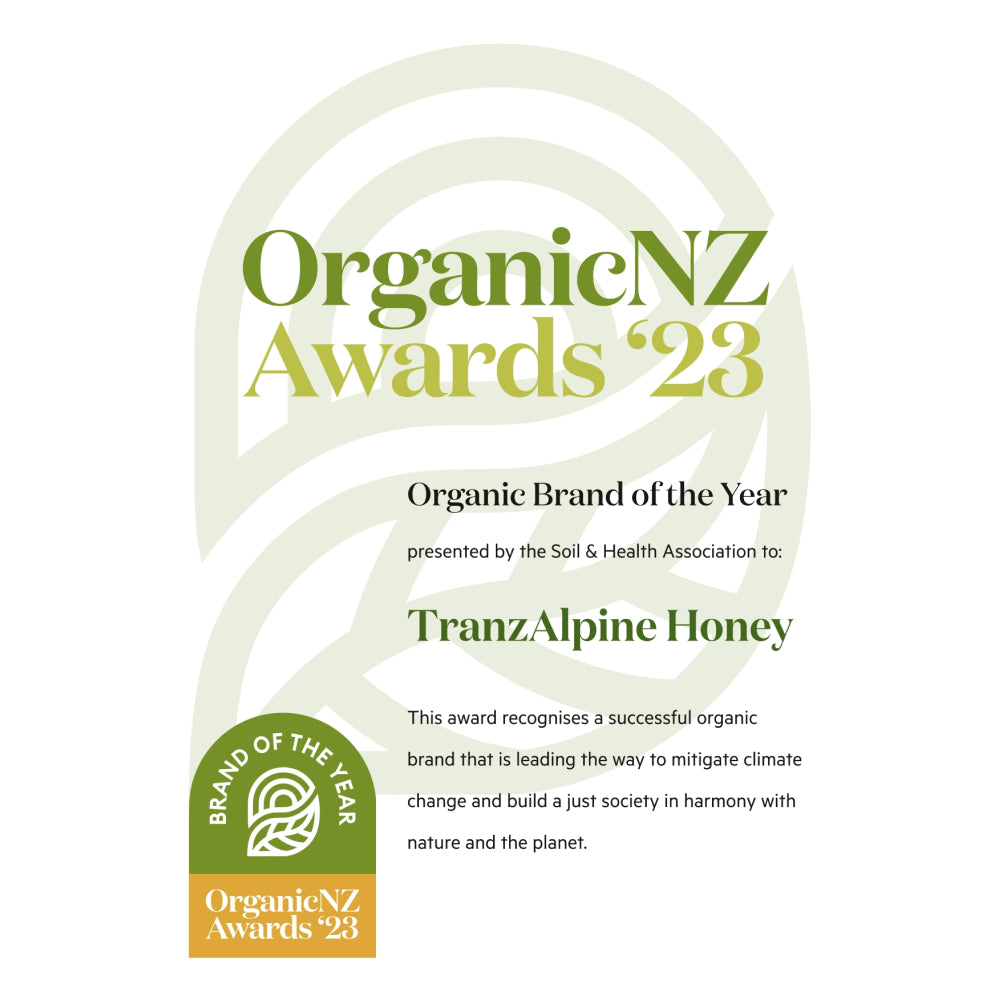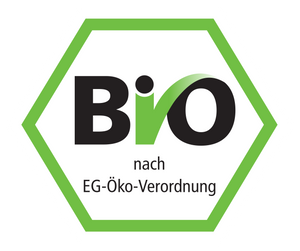
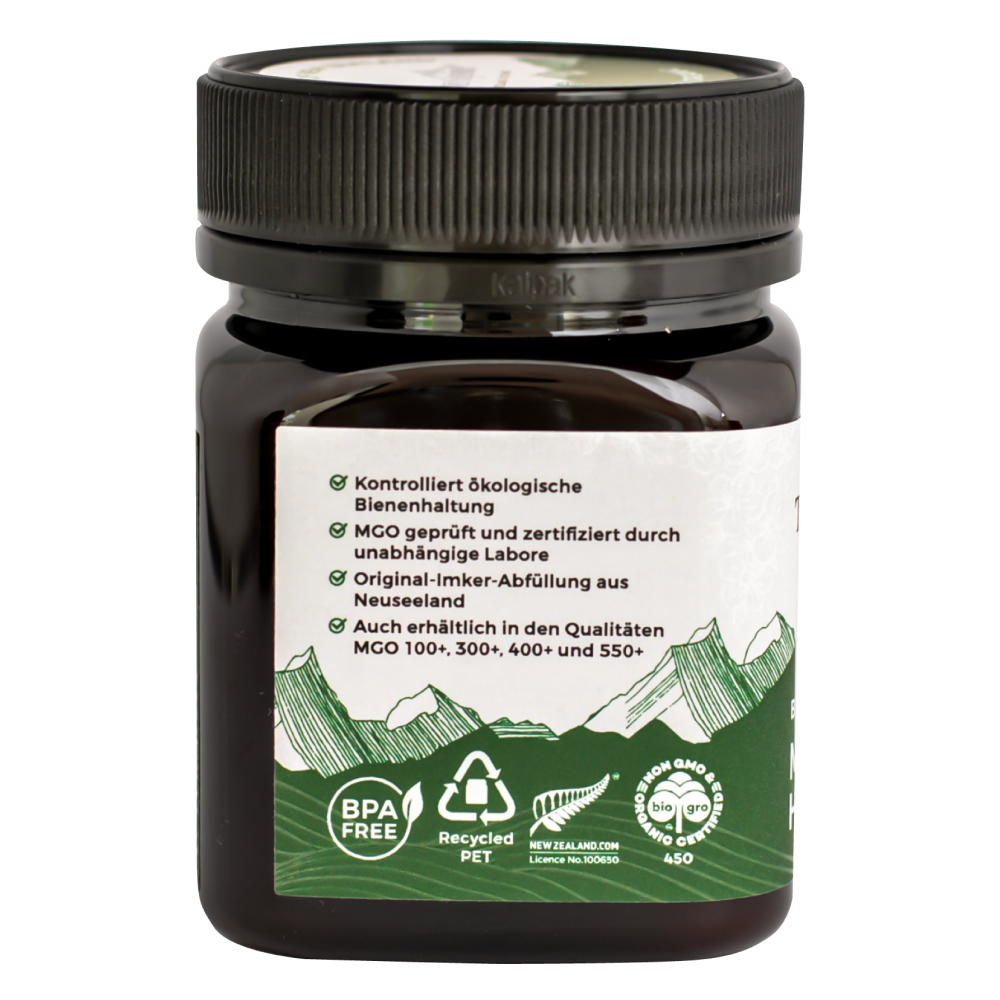
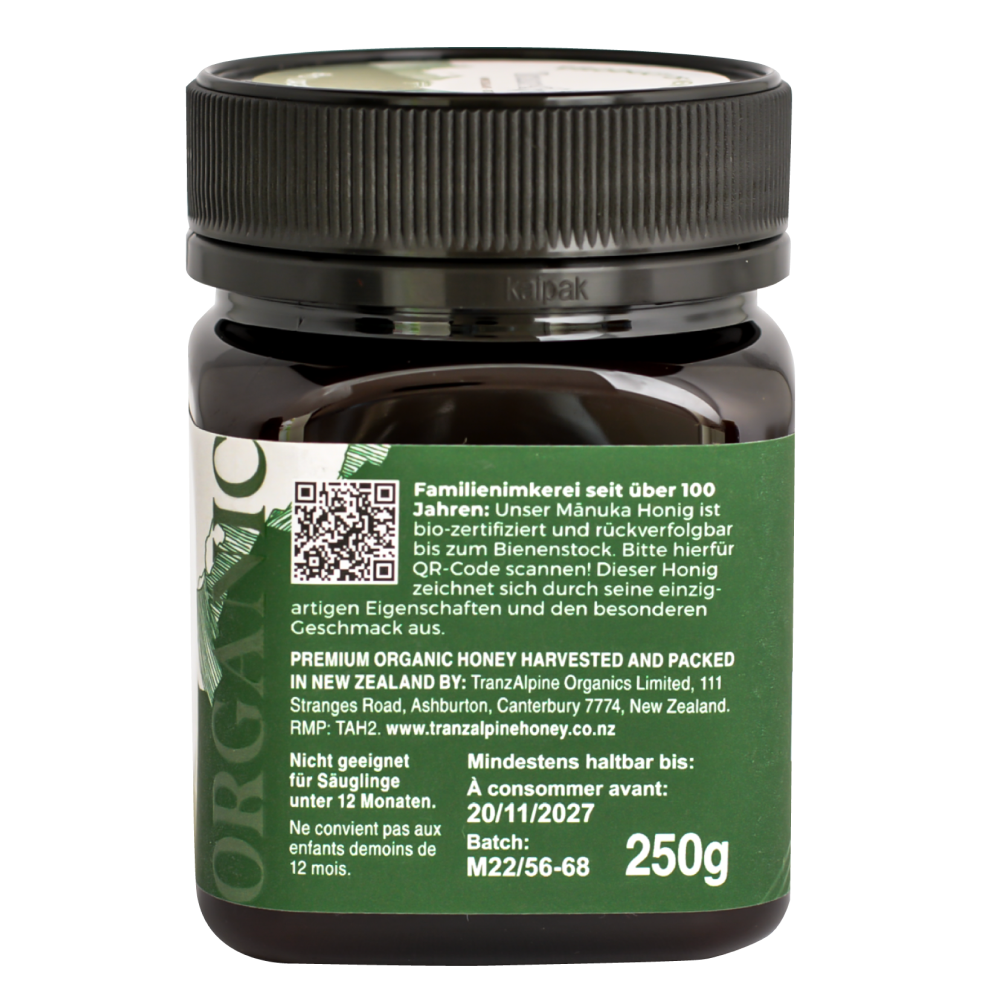
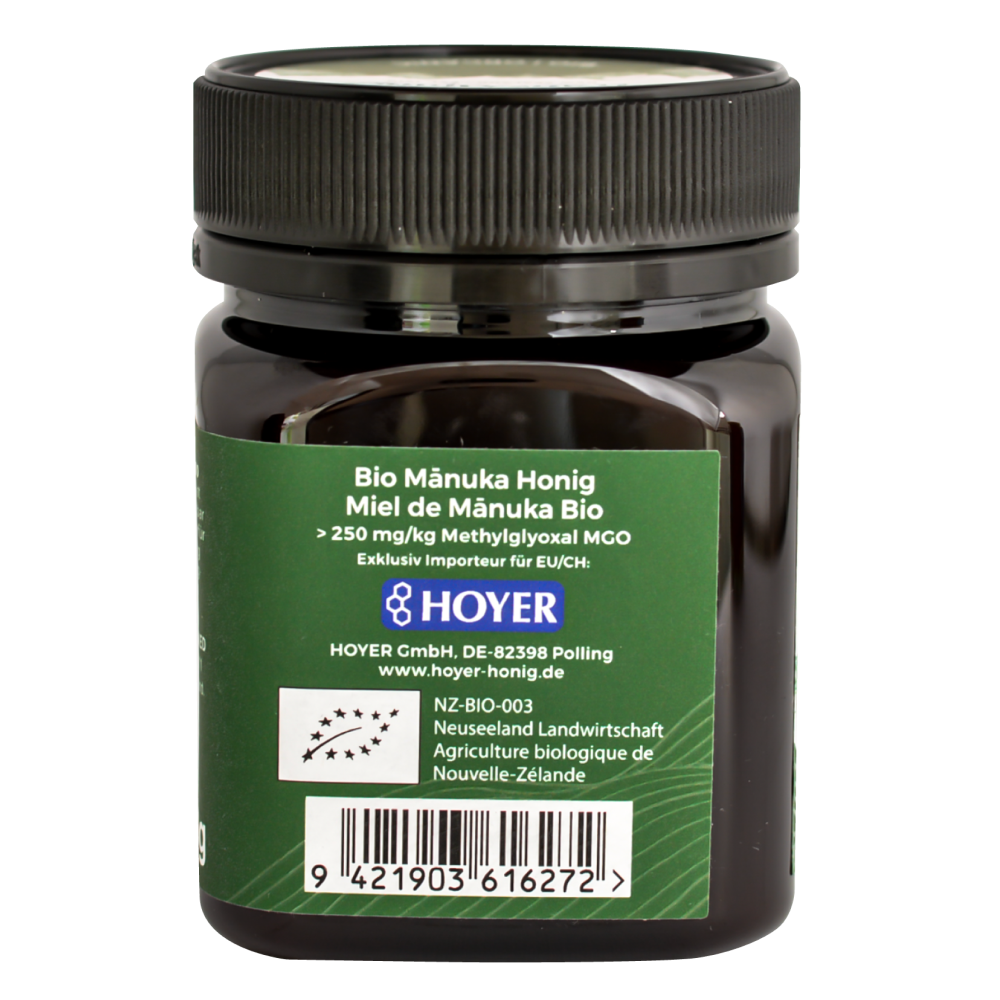
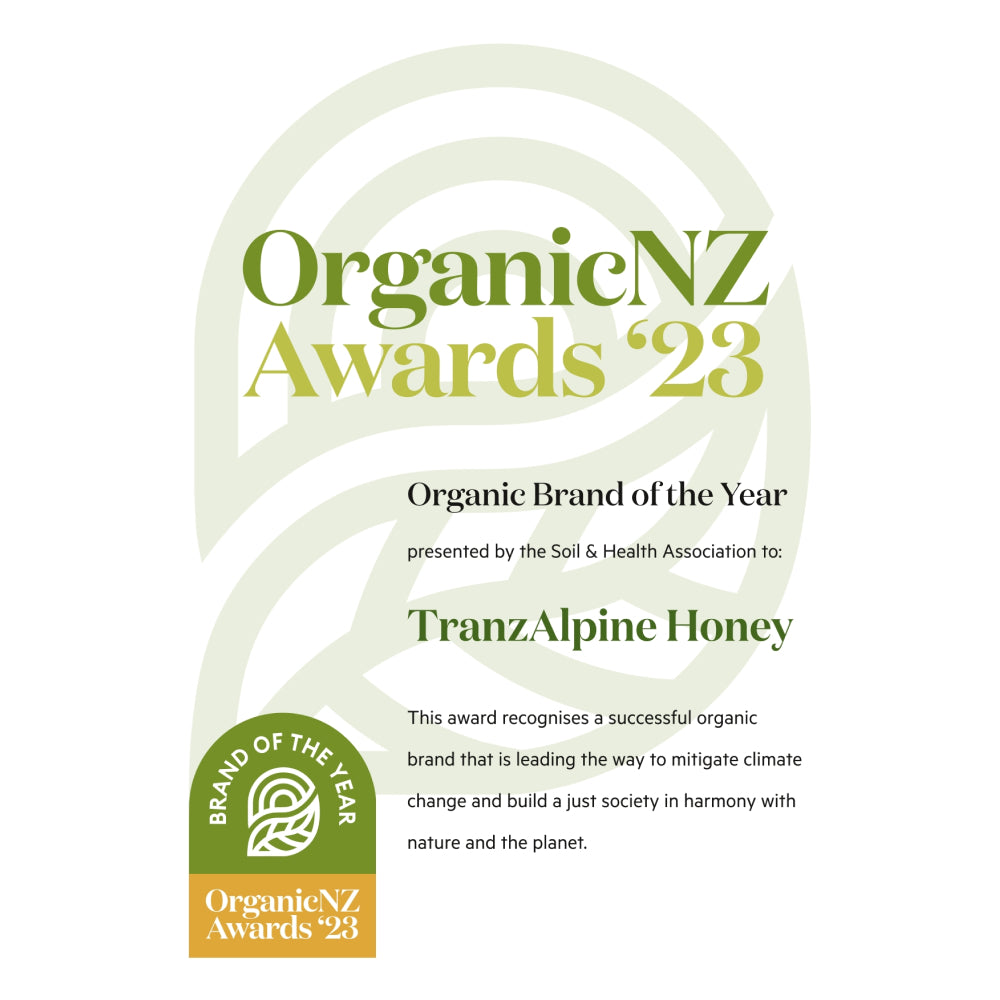
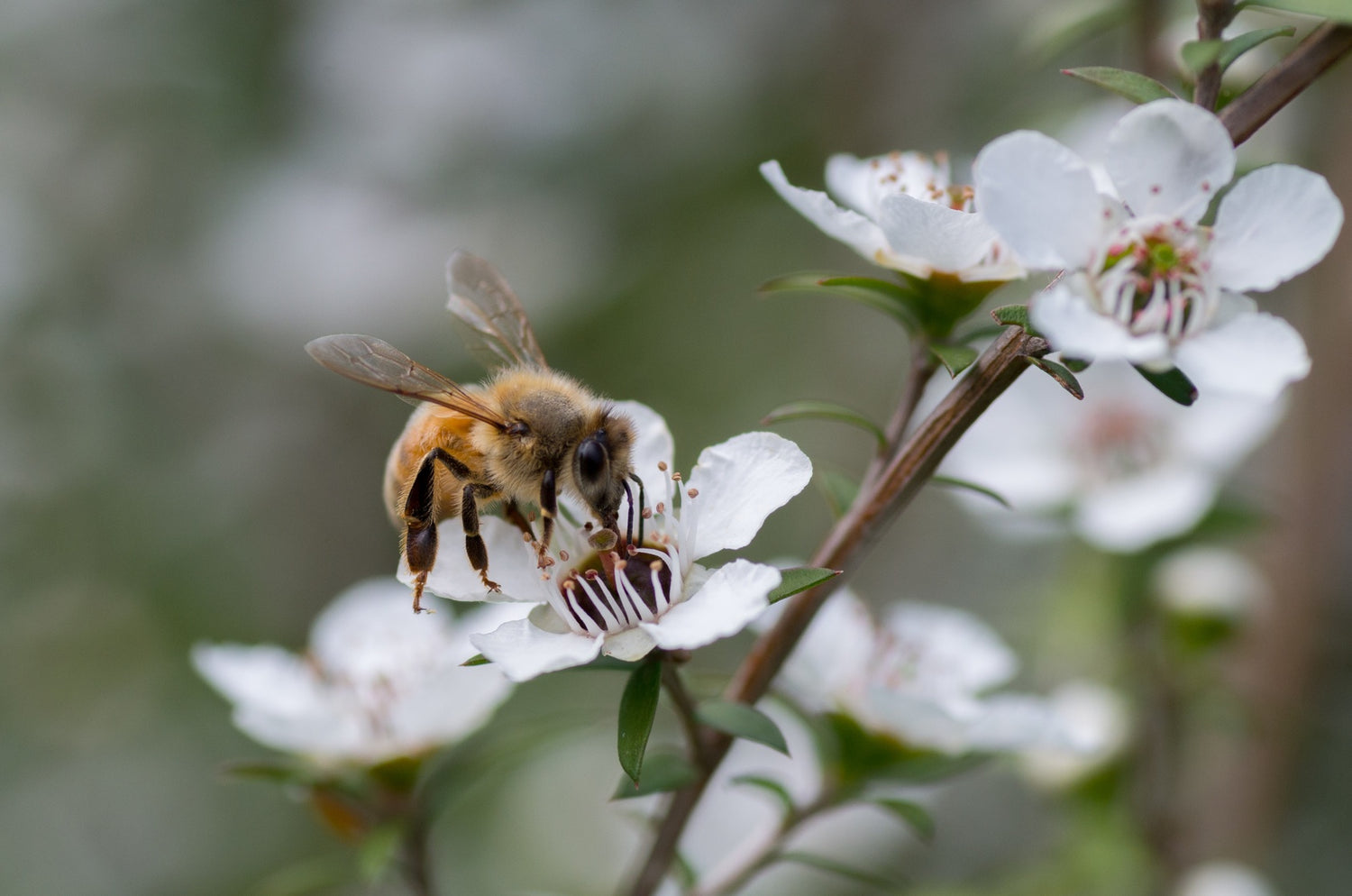
Manuka honey: the superfood from New Zealand
What makes this honey so special?
Where does TranzAlpine Manuka honey come from?
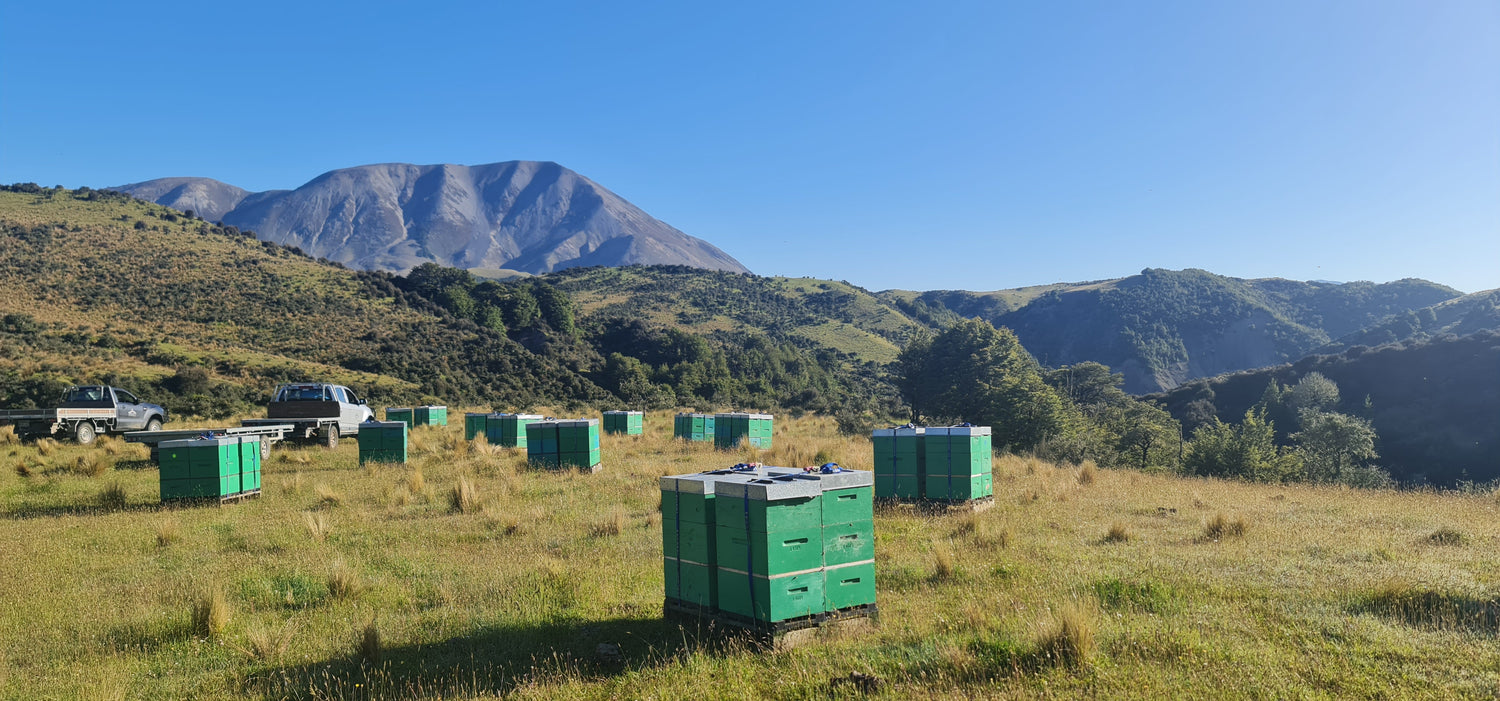
For even more transparency
Batch Track Manuka Honey
Find out where your Manuka honey was harvested: each jar of TranzAlpine Manuka honey is given a unique batch number, which makes it possible to find out exactly which hive your honey comes from afterwards! You will find the batch number on the left-hand side above the best-before date.
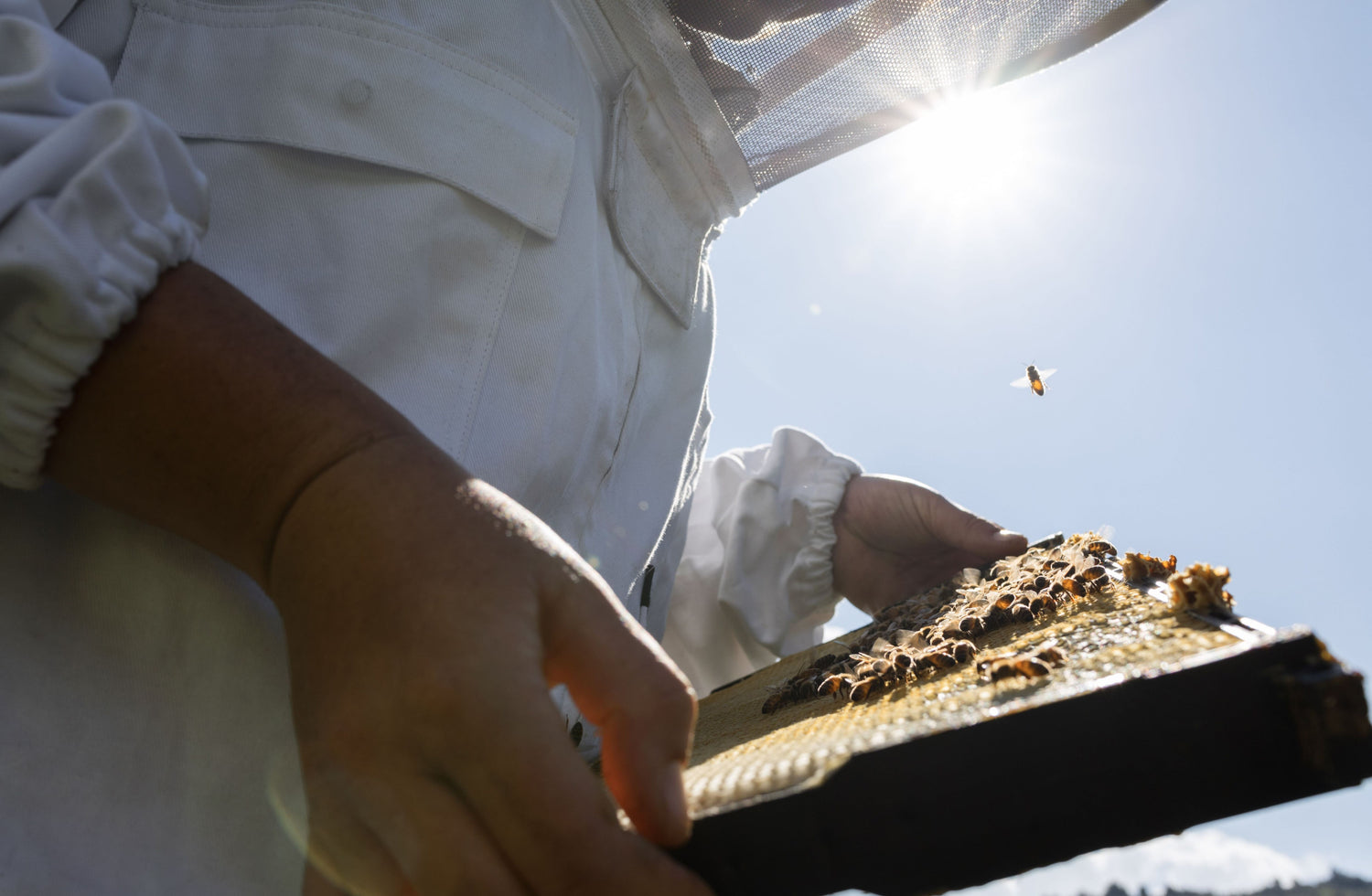


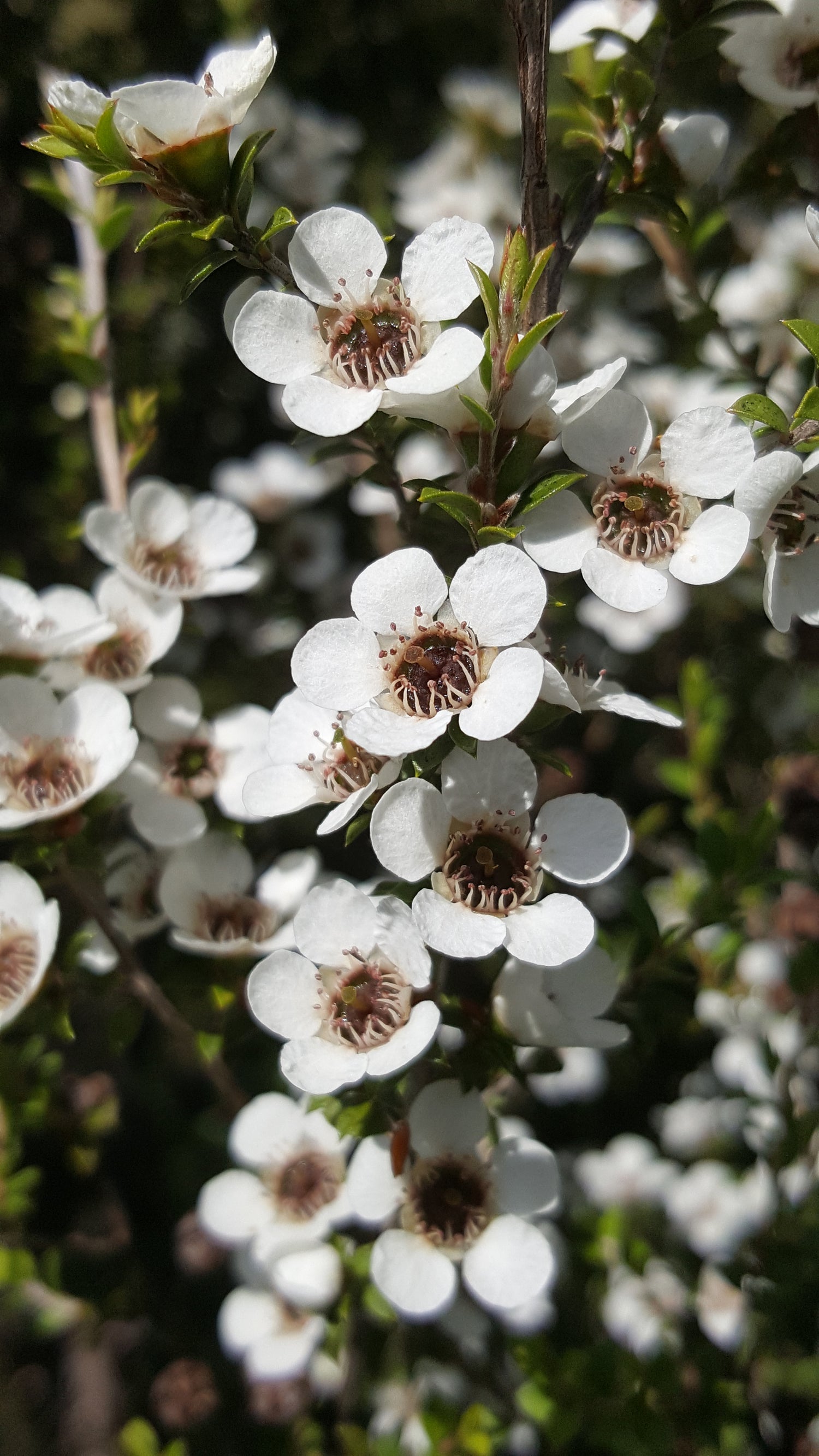
With the power of nature and tradition since 1969
For the love of nature
The New Zealand family beekeeping company TranzAlpine was founded in 1910 and has been inspected and certified according to the "biogro" guidelines for organic beekeeping for over 30 years.
In order to meet the high demand for high-quality organic manuka honey, we entered into an exclusive partnership with TranzAlpine in 2014.
FAQ - Frequently asked questions about our Manuka honey
How was Manuka honey discovered?
The South Sea myrtle, also known as manuka (from Māori: Mānuka), is a shrub plant related to the Australian tea tree and is almost exclusively native to New Zealand. Manuka has been used by the Maori, the indigenous people of New Zealand, for many generations.
The effects of manuka honey first attracted attention in the 1930s when New Zealand dairy farmers fed it to their cows and noticed that they suffered significantly fewer illnesses than cows that had not previously been fed manuka honey. Since the 1980s, scientific publications have increasingly made reference to the properties of manuka honey.
In recent years, this exceptional honey has also become known in Europe thanks to further research (including at the Technical University of Dresden by Prof. Thomas Henle) and numerous media reports.
What does the term "MGO 250+" mean?
The indication "MGO 250+" means that it contains at least 250 mg/kg of the active ingredient methylglyoxal (MGO).
The higher the content, the more intense the honey and the taste. As is usual with natural products, the differences in the MGO values of Manuka honey are due to factors such as location, weather conditions, time of harvest, storage...
How is Manuka honey used?
Manuka honey is traditionally used externally and internally.
Like other honey, you can of course also enjoy manuka honey on bread, in tea or in smoothies.
